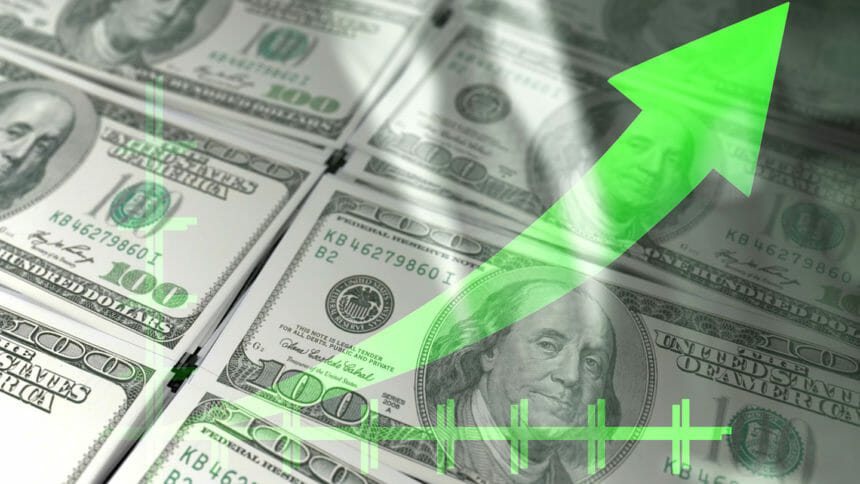
The capital markets landscape continued to face headwinds from persistent inflation and rising interest rates throughout the first half of 2023, Berkadia CEO Justin Wheeler said Wednesday during a webinar hosted by the commercial real estate advisory firm.
“Market forces like deglobalization, the resurgence of onshoring and nearshoring, demographic trends and geopolitical concerns are all contributing to elevated and persistent inflation that is not likely to be resolved in a matter of months,” he said. “We believe this pattern will continue, with interest rates remaining higher for a longer period of time than we all might wish.”
The failure of Silicon Valley Bank and regional banks earlier this year “is just a consequence of government policies that basically stimulated the inflation,” said Randy Quarles, who served as the first vice chair for bank supervision at the Federal Reserve from 2017 to 2021.
In his opinion, he said, the market is adjusting to expectations that interest rates might be coming down in September.
“I think they’re still overestimating the speed with which interest rates would start coming down. They’re likely to stay at this level for a longer period of time, and so other institutions in the financial system that have highly initiated sensitive assets and highly mobile abilities will continue to come under pressure,” Quarles said.
Quarles anticipates that the “next shoe to drop” in the economy is less likely to be in the banking industry due to the level of support it receives from the government.
The “risk appetite” for lenders is going to be reduced for the foreseeable future, in his opinion.
“I think that the liquidity risk for banks will depend to a significant part of the supervision of the banks as opposed to the regulation, because the regulations are going to be what they are for some period and they can’t really change,” Quarles said. “You can change supervision on a dime, and the Fed and the other bank regulators run regular internal liquidity stress tests to determine the resilience of institutions.”
As the McKnight’s Business Daily previously reported, when the Federal Reserve again raised interest rates in March by an additional 0.25 percentage point, the interest rate was the highest it had been in 16 years. For now, the Fed has paused a possible rate increase for July.
Quarles said he doesn’t think the Fed needs to increase interest rates much higher, and interest rates possibly could start coming down toward the end of 2024.
“It’s unlikely to happen earlier,” he said.
A recession is likely coming, Quarles said. In “normal times,” he said, central banks respond to a recession by lowering interest rates.
“But when they are trying to constrain a generationally unique inflation, recession is not a bug, it’s a feature. It’s part of how you do it,” Quarles said. “You won’t start lowering interest rates because you’ve gone into recession unless you see inflation also significantly coming back down toward your target.”


